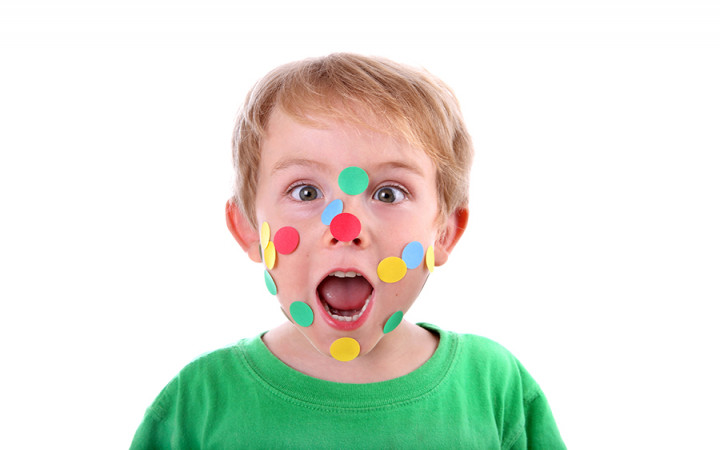Today’s Wonder of the Day was inspired by Miguel. Miguel Wonders, “What are stickers made of and how do they stick?” Thanks for WONDERing with us, Miguel!
You might get one at the top of your homework assignment if you've received a good score. Or you could get one at the end of your visit to the doctor's office. Perhaps you put one in the upper left corner of an envelope that contains a letter you're about to send. You definitely put one at the upper right corner of that envelope if you want it to be delivered.
What are we talking about? Stickers! The sticker on the upper right of the envelope is a postage stamp. You might have used an adhesive label with your return address on the upper left of the envelope.
The stickers kids have the most fun with, though, are those fun stickers that you can buy in stores. Who doesn't enjoy getting a "Good job!" sticker on their homework? And every doctor visit is better if you get a sticker when it's time to leave.
In addition to being fun decorations, stickers have many practical uses. They make great postage stamps and address labels. They also come in handy as price tags and bearers of important information on the outside of all sorts of packaging.
Are stickers a relatively-new invention? Not exactly! No one knows for sure when stickers were first invented. However, we'll take a closer look at a few pieces of history that experts have been able to uncover about stickers over the years.
Historians believe the first stickers may date back to the ancient Egyptians. Archeologists have found remains of papers that were plastered to the walls of ancient markets to display prices of goods.
More modern stickers may have gotten their start with Sir Rowland Hill, who invented an adhesive paper in 1839. Hill's stickers eventually became the first postage stamps.
Some experts also point to R. Stanton Avery, the founder of Avery Labels. He is credited with inventing the first self-adhesive label in 1935.
Stickers evolved over time. The first stickers were basic papers attached to surfaces with various pastes, glues, or plasters. Eventually, stickers were created that had an adhesive on the back of them that had to be activated by wetting it (such as licking a postage stamp).
Most modern stickers are self-adhesive. You simply have to remove a backing layer of paper to uncover the sticky adhesive underneath. Just peel and stick your sticker wherever you want it!
Today, there are hundreds of types of stickers made from a wide variety of materials. Popular base materials include paper, vinyl, latex, foil, and plastic. Adhesives can be permanent, repositionable, or removable. Stickers can even be coated to allow them to be used outdoors in a range of weather conditions.
You don't have to rely on stores for stickers today. There are a variety of adhesive-backed sticker papers that can be purchased for home printers. All you need is a computer to print your own custom stickers with whatever text or images you choose.
You can also make old-school stickers by mixing a homemade batch of glue with common ingredients, such as vinegar, gelatin, sugar, and vanilla extract. Once you have your own adhesive, you can brush it on the back of photographs or papers to stick them wherever you want!




